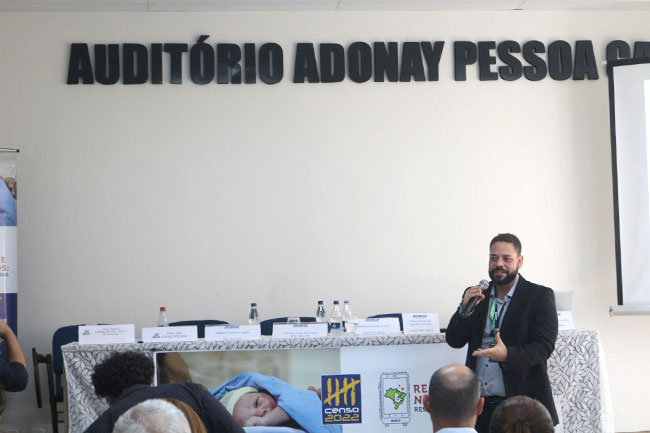2022 Census
IBGE organizes workshop about 2022 Census data for public managers and the civil society in Manaus (AM)
August 12, 2024 05h01 PM | Last Updated: August 12, 2024 10h19 PM
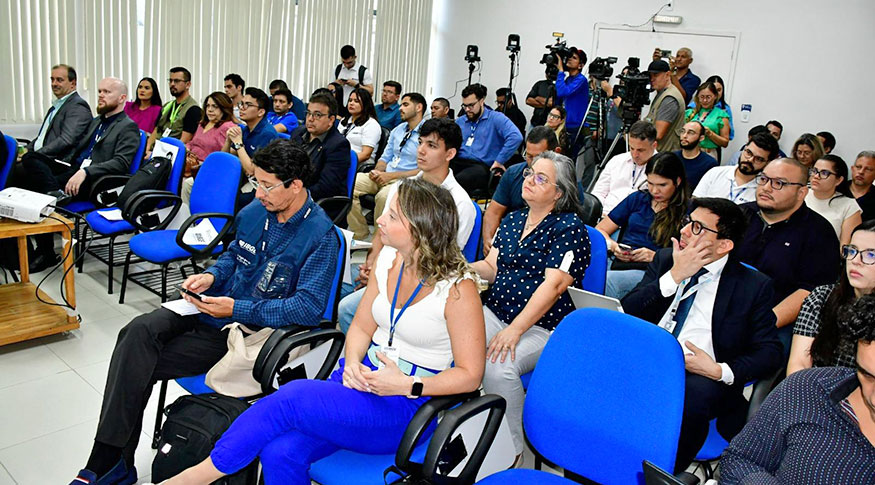
The Brazilian Institute of Geography and Statistics (IBGE) organized, on Thursday afternoon (8), the workshop “A Territory of information: potentialities of the 2022 Census data”, which was attended by community leaders and representatives of public agencies and of the civil society. The activity is part of the dissemination activities “2022 Population Census: Birth Records – Population Results”, held at the Adonay Pessoa auditorium, located at the headquarters of the Institute of Weights and measures of Amazonas (IPEM/AM), in the Industrial District of the capital.
The forty plus participants learned about the technical and operational aspects of the 2022 Population Census, its results and tools, which are essential for decision making by local managers. The first part of the workshop consisted of a presentation of survey figures, numbers of the operation and data potentialities.
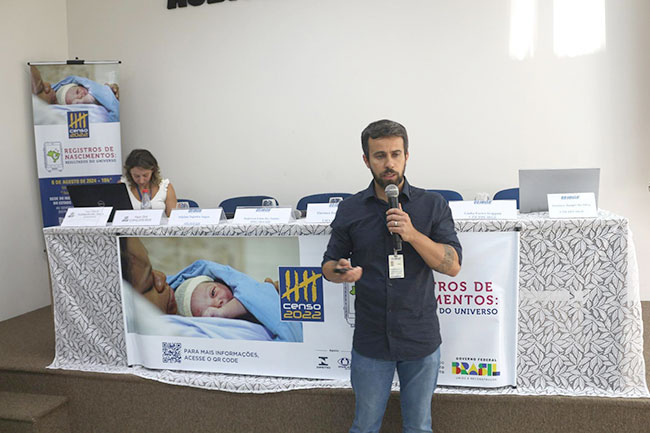
Gustavo Junger da Silva, technical coordinator of the Population Census, started the presentation by showing how one can access strategic information for different social segments and the private initiative, so they can learn more about the living conditions of the population and of Brazilian families dwelling in specific areas. He made available socio-demographic and economic information for the academic community, highlighting special operations in Indigenous lands, such as those in Amazonas and other states in the North Region. “The enumeration work in Amazonas is usually complex, so it is important to praise the superintendency team in each state," who, in order to get data more accurately, made use of innovations such as the use of administrative records, the coordinates of electricity meter and artificial intelligence.
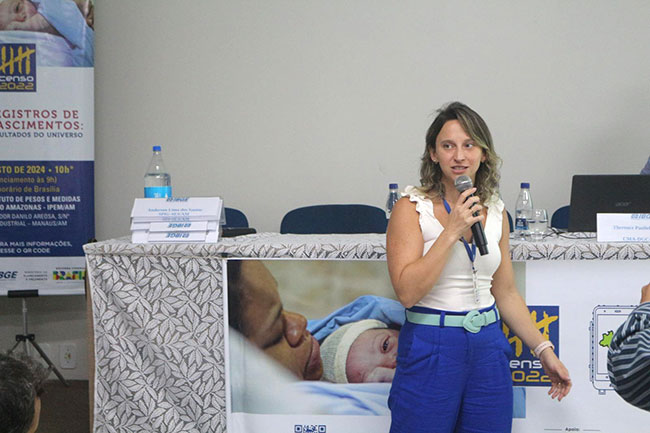
Then, statistician Giulia Fortes Scappini, a member of the Technical Commission for the Population Census, spoke about the “Characteristics of Housing Units” visited by the Census enumerators. Giulia stressed that the “topic is important for us to know the dwelling conditions and the levels of quality of living of the population. Based on this work it is possible to identify priority investment areas in housing and sanitation, detailed by geographies,” the speaker said.
The statistician highlighted that “all the Census topics had data collection strategies by telephone, Internet and face-to-face interviews,” for the survey of data such as: the total of Indigenous persons and quilombolas; religions and cults with most members in Brazil; birth record including those of persons with disabilities; migration in the country; education; nuptiality and different nuclear families; labor and income, and influence of commuting to study and work in census figures and fertility rates.
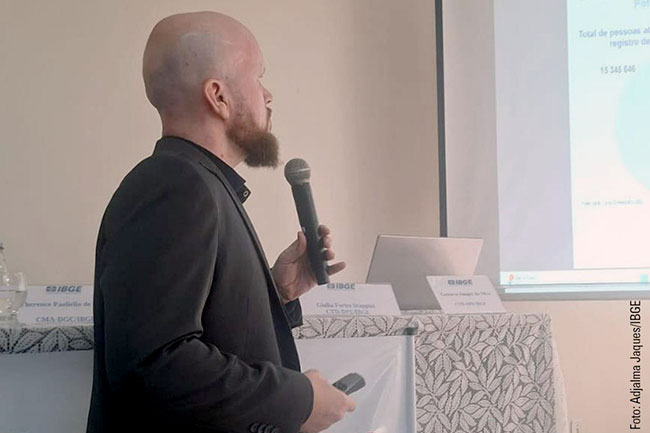
The next one to speak was the manager of Technology and Statistics for the Coordination of Population and Social Indicators (COPIS), Paulo Dick, who spoke about the geographic coordinates with the use of Geocercas, a virtual configuration that corresponds to a geographic area in the real world. As an example, he used data of persons up to five years of age, with a birth record; geographic disaggregation considering the country, the Major regions, Federation Units and municipalities; and used the color or race criteria.
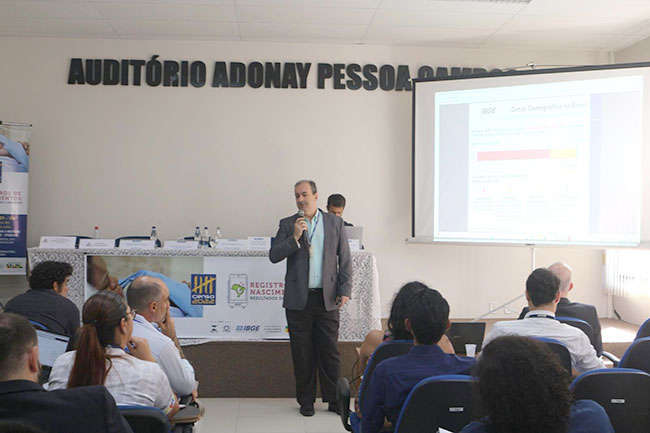
Ailton José Lima Martins Furtado, also from COPIS, stressed that “Brazil, as one of the 51 member-states of the United Nations (UN), intends to provide every citizen with an identity document, including birth records, especially for gypsies, quilombolas communities, indigenous peoples, peoples and communities of African matrix and ritual yards, riverside and extractive populations, besides homeless population, population deprived of liberty and the LGBTQIAPN+ population”, fulfilling one of the UN’s sustainable development goals (SDG), SDG 16.
Furtado also presented indicators about the proportion of children under 5 years of age whose births were registered by a civil authority; comparative figures between the results of the Censuses of 2010 and 2022; forms of accessing data on Sidra and spoke about the birth records: indigenous peoples.
Presenting other virtual forms of access to IBGE data, the civil servant from the Superintendence of the IBGE in Amazonas (SES-AM), and oceanographer Tiago Almudi, showed to participants the platform “Overview”, available on the IBGE website, which provides access to all the latest surveys released about the 2022 Census.
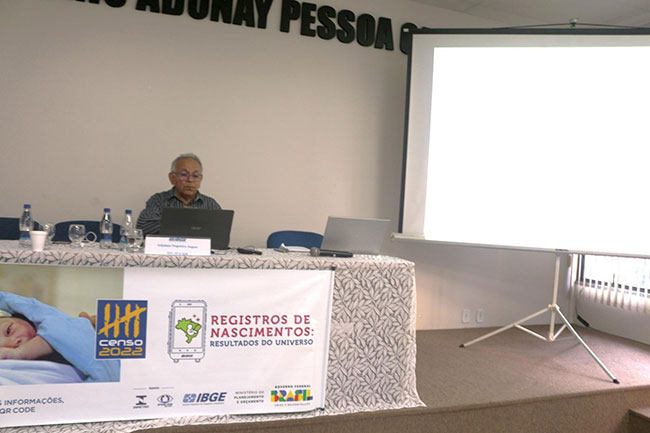
Geographer Adjalma Jaques Nogueira, coordinator of the Information Dissemination Department of SES-AM, showed how to generate tables on SIDRA (IBGE System of Automatic Retrieval) by using indicators and geographies such as birth records by period, territory, age, color or race.
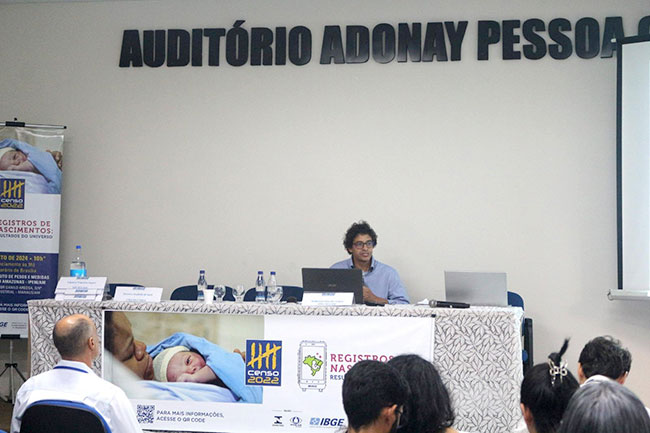
Anderson Lima dos Santos, head of the Division of Integrated Geoinformation Production of SES-AM, showed the participants how to use data of the Interactive Geographic Platform (PGI), which allows the download of several documents about all the surveys in the Institute, among which are literacy, characteristics of housing units, addresses, birth records, and so on.

The last speaker was Therence de Sarti, coordinator of Geography and Environment of the IBGE Directorate of Geosciences, who presented data and maps relative to the environment, providing real time access to the platform, at the link “Geosciences” and, then “Environmental information”, Where one can find environmental statistics and indicators, products related to endangered species, quality of water, and related information.
Data that reach the community
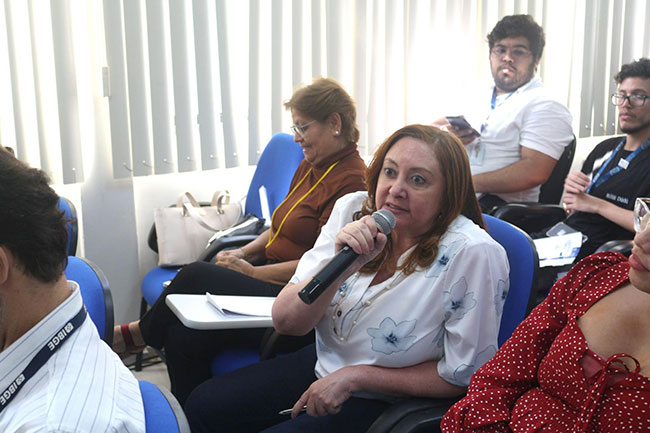
Head of the Information and Statistics Division of the Municipal Secretariat of Education (SEMED), Eliete Queiroz Carvalho, believes the “event was important for us to know more about the IBGE information census, which help me with my work, such as the Census of Basic Education, showing the number of children without a birth certificate.”

Sociologist Rosi Souza e Silva, who is coordinator of social assistance surveillance at the Secretariat of Labor and Social Affairs of Roraima, said she was “pleased with the workshop, and now I will search for data about adults and elderly persons who never had a birth certificate.”
